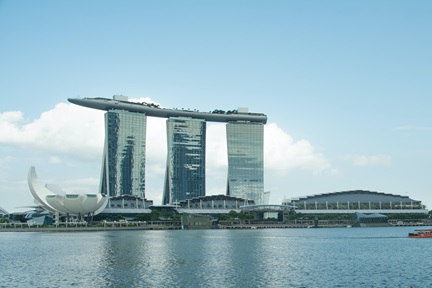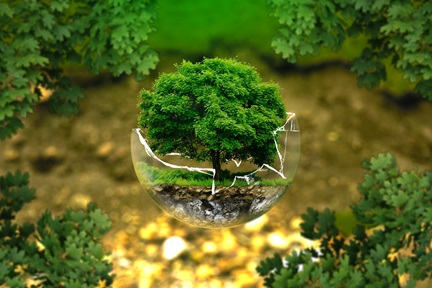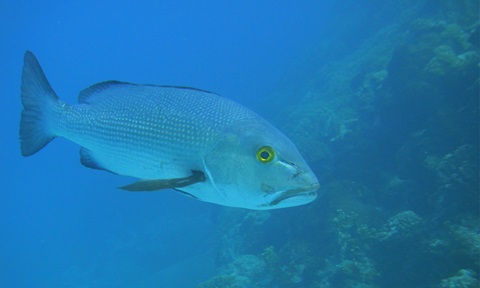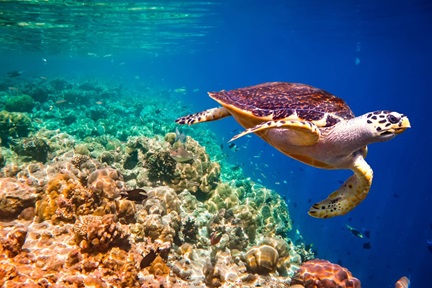19-year satellite data series reveals increase in carbon leaching from peatlands into coastal ocean

Photos of blackwater rivers. The two photos on the left show a freshwater plume from a blackwater river flowing out into the coastal ocean. The river water is the dark water. The right photo shows the dark, DOC-rich water from a blackwater river. Photo credit: Patrick Martin
Over thousands of years, the tropical peat swamps of Southeast Asia have accumulated vast stores of carbon in form of decaying vegetation, building up peat deposits that are metres deep. As part of the natural carbon cycle, part of this peatland carbon washes out into rivers in what we call dissolved organic carbon (DOC), and the rivers carry this DOC further out into the coastal ocean. Keeping track of such carbon fluxes and measuring whether they are changing over time is vital for understanding our impacts on the world’s ecosystems and on climate. But reliable long-term data on the carbon flux from land to sea has been lacking in Southeast Asia.
In a recent study in Science Advances, researchers from NTU’s Asian School of the Environment teamed up with colleagues from Malaysia, the UK, and Australia to publish the first long-term data series of DOC in coastal waters of Southeast Asia. The team discovered the first evidence that DOC concentrations in coastal waters have increased over time, which indicates that the flux of DOC from land to sea must have increased. The team used satellite remote sensing data to quantify the concentration of dissolved organic carbon in coastal waters of Sarawak, in northwest Borneo. Based on previous field measurements in the area, the scientists could confirm that peatlands are one of the main sources of dissolved organic carbon to the coastal sea.
The satellite data record showed that these concentrations have increased since measurements started in 2002, and the team estimated that the flux of DOC from peatlands to sea may have increased by as much as 30% or more. Their analysis indicates that this increase is driven by land conversion of peatlands to agricultural use. This is consistent with earlier research showing that draining of peat swamps leads to more DOC loss into rivers. The new analysis now demonstrates that this additional DOC reaches coastal waters. Because peatland DOC can add to coastal ocean acidification when it decomposes to CO2 in the sea, and because it also darkens coastal waters by absorbing sunlight, the team concluded that this might pose an additional environmental stress on coastal ecosystems. In practical terms, the results of the study provide further evidence that good drainage management of peatland agriculture is important for reducing carbon emissions.




.tmb-listing.jpg?Culture=en&sfvrsn=cb08705a_1)


